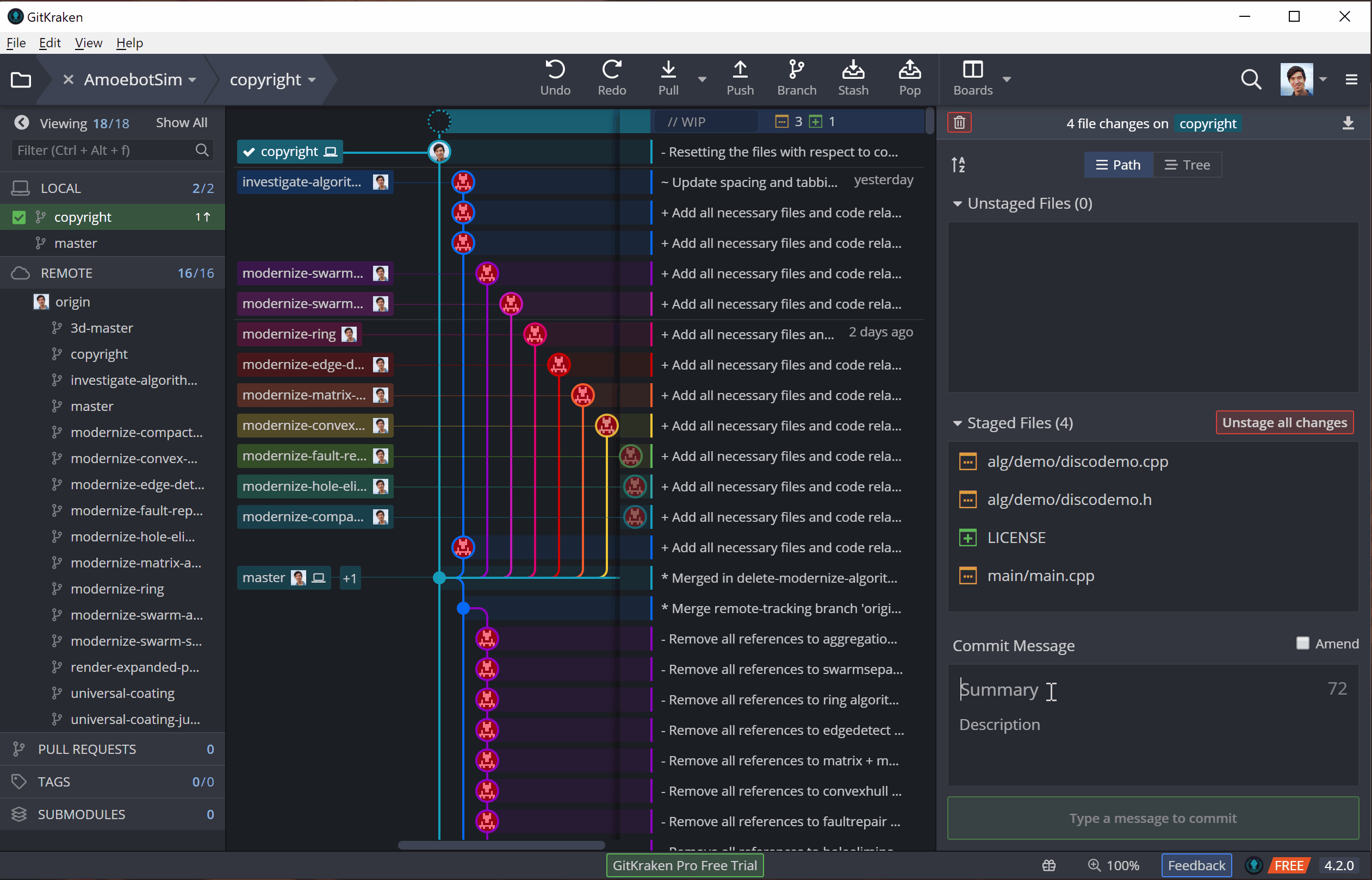

Read more of the latest open source software security news The critical vulnerability, discovered by Axosoft’s Ross Wheeler, is tracked as CVE-2021-41117 and has been issued a CVSS severity score of 8.7. On October 11, the Axosoft team behind GitKraken, a cross-platform Git GUI client, said in a blog post that the organization uncovered a security flaw in an open source SSH generation library – keypair – used by the client.Īccording to GitHub, the software was generating identical RSA keys used in SSH, leading to weak random number generation. In what could have been considered a cryptographic supply chain security incident in the making, GitLab and other providers have blocked known, weak SSH keys generated through GitKraken. Developers who only use the command line are probably wasting time, probably making mistakes they shouldn't, almost certainly missing out on powerful enhancements to their workflow.Weak SSH keys have been revoked by vendors to protect their users Of course, YMMV, but please don't continue to believe in the myth that using a command line is somehow a requirement to being a "real" developer. Still feels a bit weird for me, but it's 10x better than it was a couple of versions ago. Visual Studio is getting better all the time, though.
Gitkraken reddit code#
Visual Studio Code's default source control is very limited (no code forensics to speak of), so be careful of defaulting to that one. Why an integrated rather than external Git client? Ability to integrate a good merging tool (e.g.Hotkeys are more intuitive (in-IDE source-control tends to end up with strange hotkeys).

Why an external rather than an integrated Git client? I've landed quite firmly on SmartGit after an evaluation of all of the other tools (in no particular order: Tower, VS, VSCode, GitLens, Kraken, GitExtensions, GitHub Desktop, SourceTree, Git GUI). However, you're going to be more efficient with a good GUI. It allows us to integrate anything we'd like into a headless process like CI/CD. It's great that the command-line exists! It allows us to build UIs on top of it. There are probably a couple of John Henrys) out there, but c'mon. Of course, it's possible to merge on the command-line! I'm just saying it's more error-prone and not as efficient - especially for most developers. you'll want a more powerful view on things than you're going to get from command-line tools.

You can't beat that with the command line.Īnd, once you have to merge. The command-line isn't the most efficient or least error-prone for any of these tasks.įor example - something you do every day - a good GUI client will let you very quickly navigate diffs in your working tree with only a few arrow-key presses. code forensics (log/blame, cross-reference, find changes).You almost certainly have several use cases for your source control: Learn and master whatever path you choose and be productive with it. My take is that, it doesn't matter whether you use cli or git UI. They went to me asking for help and I used git UI and had those solved in less than 5 minutes.

Gitkraken reddit how to#
They are spending half of the day figuring out how to solve their merge conflicts. One time I had colleagues who are solely using git CLI. I had colleagues who use gitkraken and they are traversing through submodules, switching branches on submodules, and looking through the logs of submodules with just mouse clicks.īecause you have a visual view of the commits and branches, it's easy to compare commits with a couple of mouse click buttons. Git UIs makes working and traversing with submodules (including those with nested submodules) easier and quicker. One of my pet peeves is that I don't want seeing lots of changes due to those addition of newlines and spaces, same with when I'm doing pull requests/ code reviews from peers and there are so many newlines changes when diffed with the branch it will be merged on. This gives me the opportunity to review my stuffs to be able to remove any experimental codes, remove accidental addition of newlines and spaces. I always review my stuffs before committing and this gives me the opportunity to do that and edit those on the fly. Most git UIs have their diff viewer UI built in and can do on-the-fly edits while doing diffs. The things that makes it easier to do on git UIs are: I use git UIs most of the time and occasionally use CLI since most of the daily and normal stuffs are covered by git UIs. On the industry, you will always find someone who prefers one over the others. I always tend to think that CLI or git UI, they are both a means to an end.


 0 kommentar(er)
0 kommentar(er)
